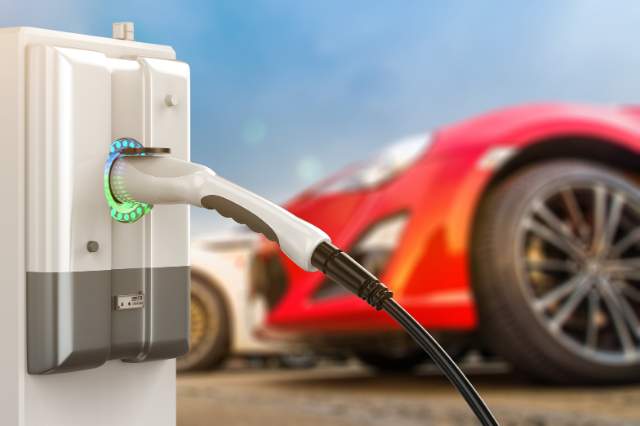Driving Grid Resilience: The role of V2G technology and EVs in energy management

Great new things are happening and it is all so exciting. Who knew Evs could do so much more.
As we transition towards sustainable energy solutions, the role of electric vehicles is evolving beyond eco-friendly transportation. Vehicle-to-Grid (V2G) technology is at the forefront of this transformation, offering an innovative solution to one of the most critical challenges faced by modern power grids: managing peak demand.
The Peak Demand Challenge
Power grids experience significant stress during peak demand periods, such as mornings and evenings. This surge in electricity usage can lead to grid strain, increasing the risk of blackouts and outages. Traditionally, utilities have relied on peaker plants (also known as Peakers)—expensive, often polluting facilities activated only during high-demand times. This approach is neither sustainable nor cost-effective.
V2G Chargers: A Revolutionary Technology
V2G technology empowers electric vehicles to become mobile energy storage units with bidirectional charging capabilities, enabling EVs to draw power from and discharge energy back into the grid. Here’s how V2G chargers are poised to revolutionize peak demand management:
Energy Storage and Supply: EVs can store excess power generated during off-peak hours, such as from renewable sources like solar and wind. During peak demand, this stored energy can be fed back into the grid, reducing strain and the need for additional generation from peaker plants.
Grid Stabilization: The ability to discharge energy makes EVs crucial for grid stabilization. Acting as distributed energy resources, EVs help balance supply and demand, ensuring a more reliable and resilient power grid.
Cost Efficiency: Utilizing V2G technology reduces operational costs associated with peak demand. Instead of investing in and maintaining peaker plants, utilities can leverage the existing infrastructure of EVs and their chargers.
The Power of Large EV Fleets
The potential of V2G chargers is amplified when considering large fleets of EVs. Whether in residential neighborhoods, commercial fleets, or public transportation, the aggregated energy from numerous EVs can significantly impact grid management.
Substantial Power Supply: Aggregating the energy storage of thousands of EVs provides a substantial and flexible power reserve. This aggregated energy can be strategically deployed during peak demand times, significantly improving grid stability.
Coordinated Charging and Discharging: Smart charging strategies enable fleets to coordinate when to charge and discharge. This coordination ensures optimal use of EVs to support the grid, charging during low demand periods and discharging during peaks.
Enhanced Renewable Integration: Large EV fleets act as buffers for renewable energy sources. By storing excess renewable energy and discharging it during peak demand, EVs facilitate higher penetration of renewables into the grid, supporting decarbonization goals.
Real-World Applications
Residential Areas: In neighborhoods with high EV adoption, V2G technology can turn homes into mini power plants. During peak demand, these homes can contribute to the grid, enhancing local grid resilience.
Commercial Fleets: Companies with large delivery fleets or corporate vehicles can use V2G technology to support grid stability. These vehicles, parked and charged during off-hours, provide critical energy supply during peak periods.
Public Transportation: Electric buses and public transportation fleets, typically idle during non-peak hours, can be invaluable during grid overloads. Their large battery capacities can support the grid, ensuring uninterrupted power for essential services.
Emergency Response: In emergencies, such as natural disasters, EVs equipped with V2G technology can provide mobile power supplies. This capability ensures critical infrastructure remains operational even when the central grid is compromised.
The Future of Grid Resilience
As we move towards a future dominated by renewable energy sources, the flexibility and resilience provided by V2G technology and large EV fleets will be indispensable. Gridscape is at the forefront of this transformation, offering scalable microgrid solutions that integrate V2G technology to enhance grid stability and resilience.
By harnessing the collective power of V2G-enabled EVs, we can efficiently manage peak demand, create a more sustainable energy infrastructure, and ensure a reliable power supply. The potential is immense, and the benefits are clear: reduced costs, increased grid reliability, and a greener, more resilient future.






